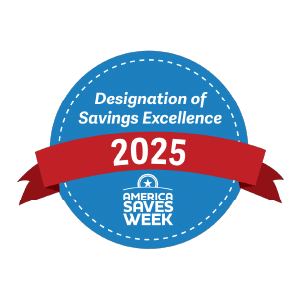How to Save for Your Child’s Future Education

It’s too early to know whether your child will someday become a skilled tradesperson, an entrepreneur, a scientist or any other career of their dreams.
But one thing is for certain: Education can be expensive, and it’s important to start saving up now. Here are a few tips to help you save toward your child’s education, whether you’re planning two years or 18 years into the future.
1. If you can, start early—really early.
Expecting a child? Start researching college savings plans before your baby arrives.
Get to know your options for saving and investing. It might be too early to open a 529 account when you’re still pregnant—more on those below—but if you’re feeling motivated, you can open a separate savings account with money earmarked for education.
2. Choose tax-advantaged investments.
One of the best ways to save up for your child’s education is with a 529 plan. These investment accounts allow you to reduce your taxable income as you save. When it comes time to make a withdrawal, funds can be used toward tuition, room and board, books, computers and other eligible expenses. Grandparents and other relatives can also contribute to a 529 plan—any adult over the age of 18 can open an account, according to the Wisconsin 529 program.
You may also want to consider savings bonds for college savings. These accounts offer some tax advantages, but they generally offer lower returns than 529 investments, according to U.S. News & World Report.
3. Use calculators and formulas to see how your savings stack up.
How much do you ultimately need to save? It’s hard to say for certain: The cost of higher education varies widely, from relatively affordable community colleges to universities where tuition can exceed six figures in four years.
Some financial experts offer simple calculations to provide benchmarks for saving goals. One method is to multiply your child’s age by $2,000 to see how much you should have saved so far; that amounts to $6,000 for a three-year-old child.
You can also find comprehensive college savings calculators online that account for inflation and current college expenses, like room and board and tuition.
4. Don’t count out loans and financial aid.
As a parent, you want the best for your child. But depending on your financial situation and your child’s goals, you may not be able to fully cover the cost of their education. Luckily, there are loans and other types of financial aid to help fill the gap.
When your child is ready to start applying for programs or colleges, investigate all of the financial support options available. Federal and private loans are one option, but be sure your child understands what their monthly payments will look like when it comes time to pay back the loans.
Scholarships, grants and other forms of financial aid can also offset the cost of education, whether your child is eligible for a merit-based scholarship or a need-based tuition grant.

